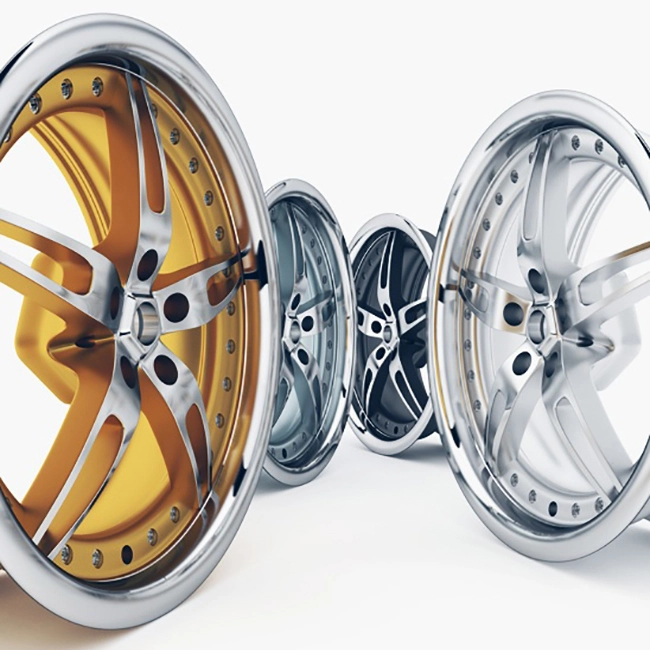High Pressure Oil Seal Solutions for Enhanced Durability and Performance in Industrial Applications
Understanding Oil Seal High Pressure Applications
Oil seals are crucial components in various mechanical systems, especially in high-pressure applications. They are designed to prevent the leakage of lubricants and to protect sensitive components from contaminants. This article explores the significance of oil seals in high-pressure environments, their construction, working principles, and applications.
What is an Oil Seal?
An oil seal, also known as a grease seal or an oil retaining seal, is a mechanical device made from elastomeric materials such as rubber or polyurethane. It is used to seal rotating shafts and contains lubricants while preventing the ingress of dust, dirt, or other contaminants. The design usually consists of a sealing lip that contacts the shaft, and a metal case or outer covering that keeps the seal firmly in place within the housing.
Importance in High-Pressure Applications
High-pressure environments pose unique challenges, including the potential for seal failure due to excessive wear, extrusion, or distortion. In such situations, the functionality of oil seals becomes critical. A well-designed oil seal can withstand extreme pressures, ensuring the integrity of the machinery and prolonging its service life.
1. Preventing Fluid Loss In high-pressure systems, maintaining the correct fluid levels is vital for optimal performance. Oil seals prevent lubrication loss, which is crucial for preventing overheating and mechanical failure.
2. Contaminant Barrier High-pressure applications often involve the introduction of contaminants, such as dust, dirt, and moisture. Oil seals create a barrier, protecting internal components from these harmful elements. This is especially important in industries like automotive and aerospace where reliability is paramount.
3. Reduction of Friction Effective sealing reduces friction between moving parts, resulting in less wear and tear, which ultimately contributes to improved energy efficiency and extended component life.
Design Considerations
Designing oil seals for high-pressure applications requires a deep understanding of various factors
oil seal high pressure

- Material Selection The elastic properties of the sealing lip material, its resistance to fluid, and its temperature tolerances must be carefully considered. Materials like Viton and PTFE are often preferred for their high-temperature and chemical resistance.
- Lip Geometry The angle and design of the sealing lip greatly influence sealing performance under high pressure
. A well-crafted lip design ensures minimal leakage while accommodating shaft wear.- Shaft Surface Finish The quality of the shaft surface affects the oil seal's performance. A smooth surface minimizes wear on the sealing lip, thus enhancing the seal’s lifespan and efficiency.
Applications of High-Pressure Oil Seals
High-pressure oil seals find use in various industries
- Automotive Engineering From engines to transmissions, oil seals play an essential role in maintaining fluid integrity and system efficiency.
- Industrial Machinery Equipment like hydraulic pumps and compressors often rely on oil seals to function efficiently under demanding conditions.
- Aerospace With stringent safety and performance standards, oil seals in aircraft must withstand varying pressures and temperatures while ensuring maximum reliability.
- Oil and Gas In exploration and drilling operations, oil seals are utilized to contain fluids and prevent leaks, which can lead to significant operational challenges and environmental risks.
Conclusion
In summary, oil seals are essential for ensuring reliable performance in high-pressure applications. Their ability to prevent fluid loss, protect against contaminants, and reduce friction makes them invaluable components in various industries. As technology advances, the development of even more resilient and efficient oil seals will continue to enhance the performance and longevity of mechanical systems. Understanding these components' critical roles can lead to improved maintenance practices and a deeper appreciation of their impact on engineering efficiencies.
-
Understanding the Front Main Engine Seal: Purpose, Maintenance, and Installation
News Jul.29,2025
-
Understanding O-Rings and Seal Rings: Types, Applications, and Custom Solutions
News Jul.29,2025
-
Understanding Crankshaft Oil Seals: Rear Seals, Pulley Seals, and Their Role in Engine Integrity
News Jul.29,2025
-
The Importance of Front and Rear Crankshaft Seals in Engine Performance and Oil Management
News Jul.29,2025
-
Crank Oil Seals: Functions, Types, and Cost Considerations in Engine Maintenance
News Jul.29,2025
-
A Comprehensive Guide to O-Rings and Seals: Types, Materials, and Global Applications
News Jul.29,2025
-
Mastering Diesel and Performance Engine Maintenance: A Guide to Critical Oil Gaskets
News Jul.28,2025
Products categories















